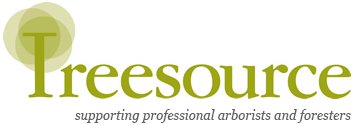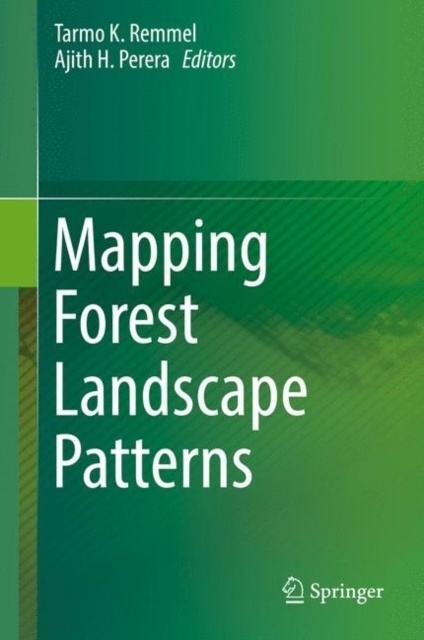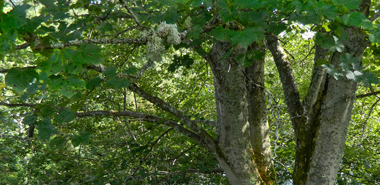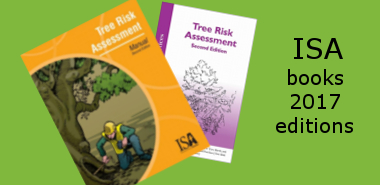| Hardback | |
| XIV, 326 pages | |
| 31 b&w illustrations, 94 illustrations in colour |
Mapping Forest Landscape Patterns
£149.95This book explores the concepts, premises, advancements, and challenges in quantifying natural forest landscape patterns through mapping techniques. After several decades of development and use, these tools can now be examined for their foundations, intentions, scope, advancements, and limitations. When applied to natural forest landscapes, mapping techniques must address concepts such as stochasticity, heterogeneity, scale dependence, non-Euclidean geometry, continuity, non-linearity, and parsimony, as well as be explicit about the intended degree of abstraction and assumptions. These studies focus on quantifying natural (i.e., non-human engineered) forest landscape patterns, because those patterns are not planned, are relatively complex, and pose the greatest challenges in cartography, and landscape representation for further interpretation and analysis.
Contents
• Mapping Forest Landscapes: Overview and a Primer
• Fuzzy Classification of Vegetation for Ecosystem Mapping
• Portraying Wildfires in Forest Landscapes as Discrete Complex Objects
• Airborne LiDAR Applications in Forest Landscapes
• Regression Tree Modeling of Spatial Pattern and Process Interactions
• Mapping the Abstractions of Forest Landscape Patterns
• Towards Automated Forest Mapping
• Epilogue: Toward More Efficient and Effective Applications of Forest Landscape Maps
• Index
Publisher: - Springer-Verlag - more
Code: - 9781493973293
Year: - 2017
Authors: - Remmel, Tarmo, Perera, Ajith (Eds.)











